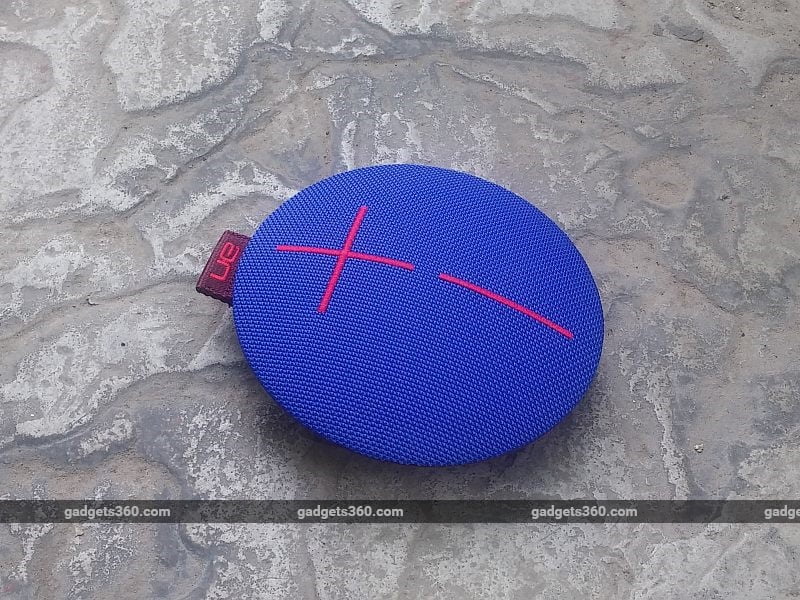
In patients with obesity and type 2 diabetes, a meal schedule that includes a high-energy breakfast promotes weight loss, improves diabetes and decreases the need for insulin, according to a recent study.
“This study shows that, in obese insulin-treated type 2 diabetes patients, a diet with three meals per day, consisting of a big breakfast, average lunch and small dinner, had many rapid and positive effects compared to the traditional diet with six small meals evenly distributed throughout the day: better weight loss, less hunger and better diabetes control while using less insulin,” said lead author Daniela Jakubowicz of the Tel Aviv University.
“The hour of the day — when you eat and how frequently you eat — is more important than what you eat and how many calories you eat,” she noted. “Our body metabolism changes throughout the day. A slice of bread consumed at breakfast leads to a lower glucose response and is less fattening than an identical slice of bread consumed in the evening.”
Jakubowicz and her colleagues studied 11 women and 18 men who had obesity and type 2 diabetes, being treated with insulin and averaged 69 years of age. The patients were randomly assigned to consume one of two different weight-loss diets, which contained an equal number of daily calories, for three months. One group (Bdiet) ate three meals: a large breakfast, a medium-sized lunch and a small dinner. The second group (6Mdiet) ate the traditional diet for diabetes and weight loss: six small meals evenly spaced throughout the day, including three snacks.
Overall glucose levels and glucose spikes were measured for 14 days at baseline, during the first two weeks on diet, and at the end of the study by continuous glucose monitoring (CGM). Glucose levels were tested every two weeks and insulin dosage was adjusted as needed. At three months, while the Bdiet group lost 5 kilograms (11 pounds) the 6Mdiet group gained 1.4 kg (3 lb).
Fasting glucose levels decreased 54 mg/dl (from 161 to 107) in the Bdiet group but only 23 mg/dl (from 164 to 141) in the 6Mdiet group. Overall mean glucose levels dropped in the first 14 days by 29 mg/dl (from 167 to 138 mg/dl) and 38 mg/dl (from 167 to 129 mg/dl) after three months in the Bdiet group. Overall mean glucose levels dropped only 9 mg/dl (from 171 to 162 mg/dl) in the first 14 days and only 17 mg/dl (from 171 to 154 mg/dl) in the 6Mdiet group.
Mean glucose levels during sleep dropped only in the Bdiet group, by 24 mg/dl (from 131 to 107), but not in the 6Mdiet group. The Bdiet group needed significantly less insulin (-20.5 units/day, from 54.7 to 34.8) while the 6Mdiet group needed more insulin (+2.2 units/day, from 67.8 to 70).
Carbohydrate craving and hunger decreased significantly in Bdiet group but increased in the 6Mdiet group. Importantly, the researchers found a significant reduction of overall glycemia after as little as 14 days on Bdiet, when the participant had almost the same weight as at baseline. This finding suggests that even before weight loss, the change in the meal timing itself has a quick beneficial effect on glucose balance that is further improved by the important weight loss found in the 3M diet.
“A diet with adequate meal timing and frequency has a pivotal role in glucose control and weight loss,” Jakubowicz observed. The study was presented at ENDO 2018, the 100th annual meeting of the Endocrine Society in Chicago, Ill.
[“source=hindustantimes”]










